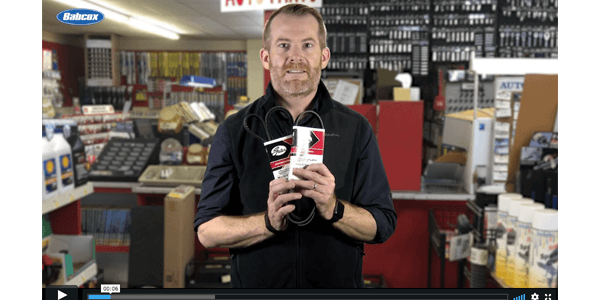How much do you know about automotive belts?
Hi guys, it’s Mark Phillips. Belts are common replacement parts that most part stores stock. Every motor vehicle on the road has one or more belts and there are many types of them. The point is you need to be familiar with the products you sell so you can help your customers get the correct replacement belts that match their needs. Selling the wrong product can have serious consequences. There are three basic types of automotive belts: V-belts and serpentine belts for driving the engine’s accessories, such as alternator, water pump, A/C compressor and power steering pump, as well as rubber timing belts for driving overhead camshafts.
V-belts are mostly history now, having been replaced by serpentine belts that allow a single belt to do the work of many belts. Serpentine belts are flat on one side and grooved on the other, but both sides can be used to drive pulleys. A V-belt, on the other hand, grips the pulleys with the sides of the belt. In either case, belt wear can allow the belt to slip and make noise. The original equipment serpentine belts in most late-model cars are made of EPDM rubber, which allows the belts to last up to 100,000 miles. That’s assuming no pulley misalignment, oil contamination or slippage due to a weak or broken automatic belt tensioner.
Several belt suppliers now have special tools for checking wear in the belt grooves. Well, that it’s all for today’s episode of Counter Intelligence. Keep those comments and questions coming, because we love ‘em.











